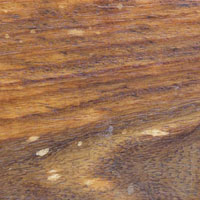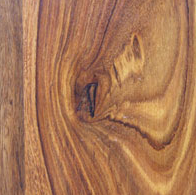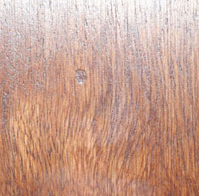FAQ
Our sustainably sourced wooden furniture undergoes extensive quality checks before leaving the work shop, resulting in a product that is both high in quality and ecologically sound. You will discover it has its own characteristics. The natural features can come in the form of pin markings, sapwood, small hairline cracks, knots, grain pattern and pigment variations; these natural features only serve to enhance the furniture’s natural beauty and unique charm.
How to look after your wooden furniture:
- The most important care for your furniture is to avoid any unnecessary drying or taking in moisture, which can lead to cracks or splits. Avoid placing the furniture near any heat sources. On the other hand, avoid leaving the furniture in a damp environment, as the dampness may lead to the timber expanding, which will cause drawers and doors to stick.
- Try not to leave your furniture in direct sunlight as this may cause the wood to become dehydrated and/or fade.
- If you spill anything on the surface of your furniture, ensure you clean it up as soon as possible, until the area is dry. Avoid placing hot objects on the furniture and always use a coaster for warm drinks.
- Dragging the furniture can cause damage to the timber, so please always get help to lift it when moving it around.
- Dust you furniture regularly with a dry dusting cloth.
- Wood is naturally hygroscopic, meaning that its moisture content varies depending on local humidity levels. Although our furniture has been kiln-dried for a lengthy period, humidity changes may result in minor movement. Please do not be alarmed if small gaps appear, this is a normal response to the furniture’s new environment.
- Never use any chemicals or cleaners on the furniture.
- Apply natural beeswax every three months. Don’t forget to wax the inside and outside and all around the edge of drawers and doors, as this helps to prevent them from expanding and sticking by both feeding the wood and lubricating the sides of the drawers and doors. Please bear in mind that Beeswax should only be used on unpainted and un-lacquered furniture. You shouldn’t use beeswax on painted furniture or furniture that comes with a lacquered finish.
Our solid wooden furniture comes with 2-year warranty. The warranty covers physical defects or changes that cause excessive visible movement and affect the structure stability of the furniture. The warranty does not cover normal wear and tear, normal settlement (this means minor shrinkage, swelling, small cracks and minor movement), or damages caused by mishandling, mis-use, accidents. Failure to treat your wooden furniture as advised above could result in drying and splitting, and the invalidation of your warranty.

Sapwood
This picture shows a section of sapwood common in most timbers, this can be found randomly throughout your furniture. Sapwood and random pigmentation are common markings in real wood and should not to be seen as a defect as they are a totally natural occurrence.

Knotting
Knotting is the most common of markings and is the fingerprint of natural wood. These vary in size and occur frequently in natural wood products. This is why every piece of our furniture is unique, no two pieces will be quite the same, unlike mass produced veneered or foil laminated furniture.

Pin Marks
Pin markings are also a distinguishing feature of hand made furniture. These will appear irregularly wherever the craftsmen require additional bonding and support. This is also a common characteristic in any furniture that is hand made rather than mass produced.
We have also created a video to show you how to polish you wooden furniture with beeswax, how to repair wooden furniture that is scratched, stained, or has stiff drawers. Hope you will find it useful! As mentioned above, please note that you shouldn’t use beeswax on painted furniture or furniture that comes with a lacquered finish. Beeswax should only be used on unpainted and un-lacquered furniture.
